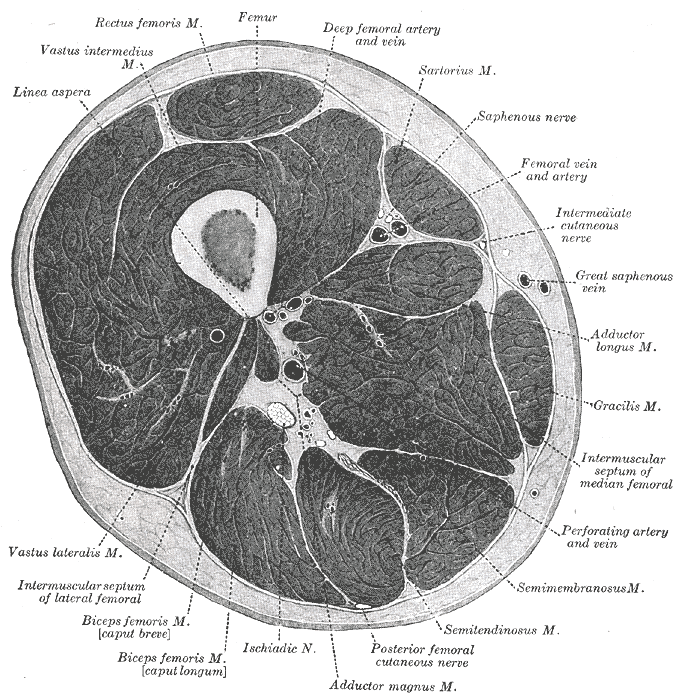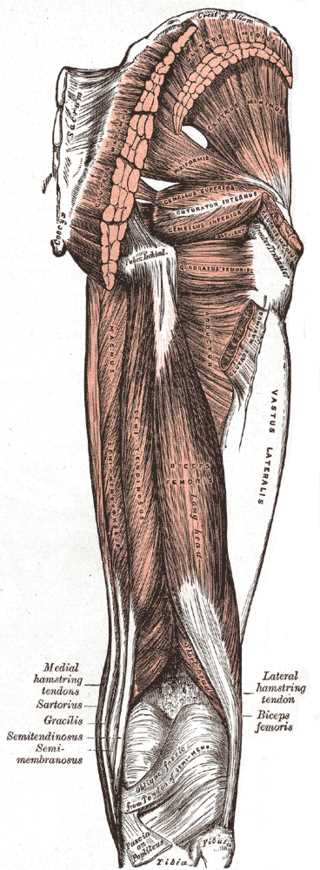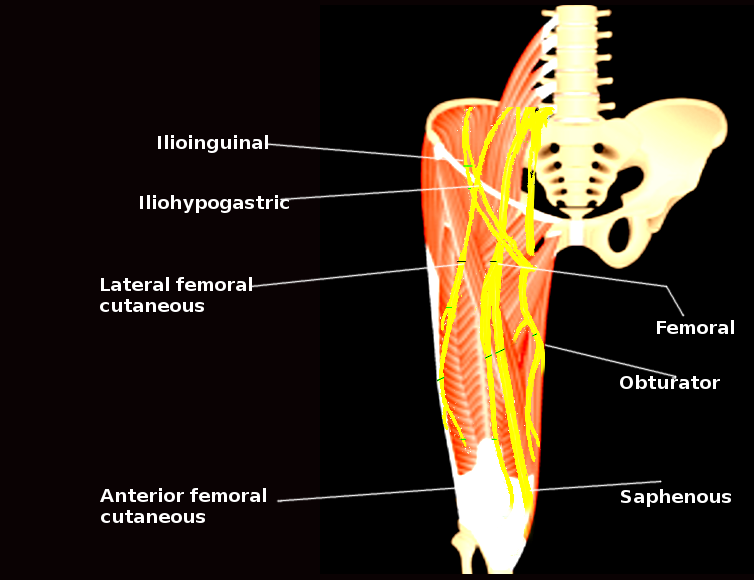[1]
Vaughn JE, Cohen-Levy WB. Anatomy, Bony Pelvis and Lower Limb: Posterior Thigh Muscles. StatPearls. 2023 Jan:():
[PubMed PMID: 31194372]
[3]
Tomaszewski KA, Popieluszko P, Graves MJ, Pękala PA, Henry BM, Roy J, Hsieh WC, Walocha JA. The evidence-based surgical anatomy of the popliteal artery and the variations in its branching patterns. Journal of vascular surgery. 2017 Feb:65(2):521-529.e6. doi: 10.1016/j.jvs.2016.01.043. Epub 2016 Mar 16
[PubMed PMID: 26994952]
[4]
Pan WR, Wang DG, Levy SM, Chen Y. Superficial lymphatic drainage of the lower extremity: anatomical study and clinical implications. Plastic and reconstructive surgery. 2013 Sep:132(3):696-707. doi: 10.1097/PRS.0b013e31829ad12e. Epub
[PubMed PMID: 23985641]
[6]
Hardin JM, Devendra S. Anatomy, Bony Pelvis and Lower Limb: Calf Common Peroneal Nerve (Common Fibular Nerve). StatPearls. 2023 Jan:():
[PubMed PMID: 30422563]
[9]
Vieira RL, Rosenberg ZS, Kiprovski K. MRI of the distal biceps femoris muscle: normal anatomy, variants, and association with common peroneal entrapment neuropathy. AJR. American journal of roentgenology. 2007 Sep:189(3):549-55
[PubMed PMID: 17715099]
[10]
Koulouris G, Connell D. Hamstring muscle complex: an imaging review. Radiographics : a review publication of the Radiological Society of North America, Inc. 2005 May-Jun:25(3):571-86
[PubMed PMID: 15888610]
[11]
Stępień K, Śmigielski R, Mouton C, Ciszek B, Engelhardt M, Seil R. Anatomy of proximal attachment, course, and innervation of hamstring muscles: a pictorial essay. Knee surgery, sports traumatology, arthroscopy : official journal of the ESSKA. 2019 Mar:27(3):673-684. doi: 10.1007/s00167-018-5265-z. Epub 2018 Oct 29
[PubMed PMID: 30374579]
[12]
Jensen RK, Kongsted A, Kjaer P, Koes B. Diagnosis and treatment of sciatica. BMJ (Clinical research ed.). 2019 Nov 19:367():l6273. doi: 10.1136/bmj.l6273. Epub 2019 Nov 19
[PubMed PMID: 31744805]
[13]
Stynes S, Konstantinou K, Ogollah R, Hay EM, Dunn KM. Clinical diagnostic model for sciatica developed in primary care patients with low back-related leg pain. PloS one. 2018:13(4):e0191852. doi: 10.1371/journal.pone.0191852. Epub 2018 Apr 5
[PubMed PMID: 29621243]
[14]
de Campos TF. Low back pain and sciatica in over 16s: assessment and management NICE Guideline [NG59]. Journal of physiotherapy. 2017 Apr:63(2):120. doi: 10.1016/j.jphys.2017.02.012. Epub 2017 Mar 7
[PubMed PMID: 28325480]
[15]
Heiderscheit BC, Sherry MA, Silder A, Chumanov ES, Thelen DG. Hamstring strain injuries: recommendations for diagnosis, rehabilitation, and injury prevention. The Journal of orthopaedic and sports physical therapy. 2010 Feb:40(2):67-81. doi: 10.2519/jospt.2010.3047. Epub
[PubMed PMID: 20118524]





